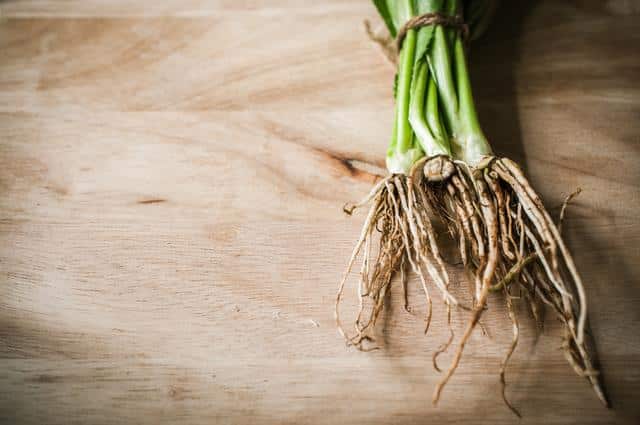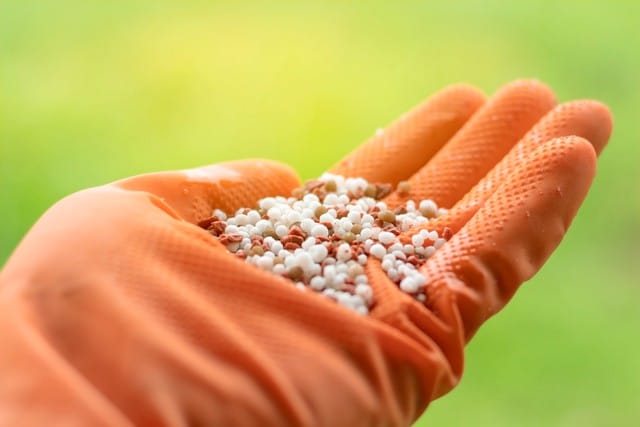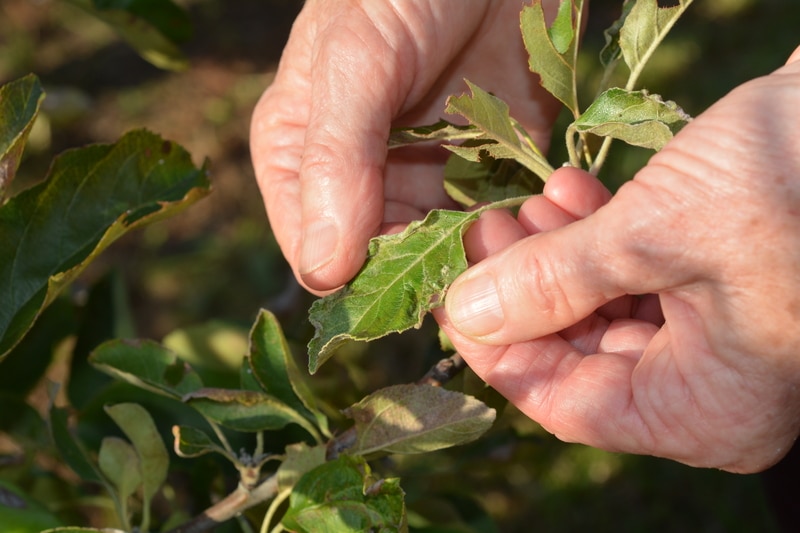
If you want to maintain your garden over the long run, it is always best to be prepared for the next cycle.
Many users don’t do the work and take a reactive approach to manage their yards.
While it does work for some casual gardeners, you need to plan if you’re looking for enhanced garden development. Being reactive will not get you anywhere, and you will need help managing the efficiency of your yard.
With that said, a few questions regarding preparing garden soil for next year have been recorded recently.
If you’re also unsure how to prepare the garden soil, the following method should help you.
Preparing Garden Soil for Next Year
To efficiently prepare the next cycle, you must go through a few steps to prepare the soil.
These steps are easily manageable, even if you have basic gardening equipment.
So, you won’t have to rent out any heavy machinery to prepare your garden soil for next year. With that said, let’s cover these few steps that will help you manage your soil.
- Start the preparation procedure by removing all the plant debris from the yard. There is no point in keeping plants in the yard that are wilted or in poor condition. So, to make space for the new plants, you need to remove all the debris from your yard.
- After removing the plants, you can now move forward with the testing phase and check the status of the soil. Ensure the nutrient content, pH level, and moisture retention. This will help you with a general idea of what must be managed for the next cycle.
- Now, you can till the soil to loosen up the structure and add manure and other organic material to improve the nutrient content in the soil. These nutrients will help the soil recover and promote better conditions for the new plants.
- Once the nutrient content of the soil has been managed, make sure to add in agricultural limestone and other market products to bring the pH of the soil within a manageable range.
- Lastly, you must wait for the new cycle and manage the soil’s moisture accordingly so that the conditions are perfect for your new plants. Ideally, you can inspect the moisture status by digging two inches into the soil and then compressing the soil in your palm. If a few drops seep out, then the moisture is perfect. Otherwise, you will have to make some changes.
An important step in preparing your garden for next year is preparing your soil.
If you want to maximize the success of your plants and crops, it is important to ensure they have adequate access to nutrients, water, and sunlight.
To do this effectively, you need to prep your soil properly. Here are some tips on how to do this.
When you first purchase your soil, you must look at the label description and ensure it contains a high amount of organic content.
This is usually listed as “organic matter,” Ideally, your product will have 5% or more to provide adequate nutrients for your plants.
It is also preferable if it includes various other nutrients, such as nitrogen and potassium.
After purchasing the soil, you should also ensure that it has been screened properly and is free of any rocks or debris.
Rocks can damage plants by puncturing their roots, while debris can block nutrients from reaching them.
Once you have purchased your soil, you should start to prep it. The first step is to till the soil to break up large clods of dirt and loosen the soil.
This will allow you to work with it more easily while ensuring that water can penetrate the surface better.
After tilling the soil, you should use a broadcast or rotary spreader to distribute fertilizer evenly.
You should then till and rake the fertilizer into the ground to ensure it reaches all of your plants’ roots.
The next step is to aerate the soil. This will prepare it for seeding or planting, allowing oxygen and water to reach your plants’ root systems more.
The easiest way to do this is using a gardening fork or aeration tool.
Once completed these steps, you should water the soil thoroughly and allow it to sit for at least 24 hours before seeding or planting.
This will give your plants adequate time to absorb the moisture and nutrients from the soil.
Following these tips ensures that your soil is properly prepped for next year’s garden.
How does fertilizer make a difference?
When preparing your garden soil for the next growing season, it is important to consider how fertilizer can impact its health and productivity.
Fertilizer provides essential nutrients that help plants grow strong and healthy, improving their ability to withstand pests and diseases.
Using the correct type of fertilizer can help minimize runoff and improve your garden’s sustainability.
Many different types of fertilizers are available, each with its unique benefits and drawbacks.
Many commercial fertilizers use synthetic chemicals that can harm the environment when they run into waterways or leach into groundwater supplies.
These chemicals can also negatively impact human health if they end up in drinking water or food.
Fortunately, many natural alternatives to commercial fertilizers can provide the same benefits without these risks.
For example, you can use compost or manure as a fertilizer to help improve your garden’s soil quality and biodiversity.
These organic materials offer nutrients in forms that are easier for plants to absorb, which helps minimize runoff and maximize sustainability.
When deciding how much fertilizer to use, it is important to consider your garden’s needs.
Different plants have different nutrient requirements, so the amount and type of fertilizer you choose will depend on what you are growing.
Talk to a local expert or consult gardening resources online to figure out exactly how much fertilizer your garden needs.
With the right fertilizer and care, you can ensure that your garden is well-prepared for next year’s growing season.
By improving your soil’s nutrient levels, reducing runoff, and minimizing the use of synthetic chemicals, you can help protect your local ecosystem and give your plants the best possible chance to thrive.
Why is piling leaves important?
Preparing your garden soil for the next growing season is an important task that should be considered.
One of the most result-oriented ways to prepare your garden soil is by piling leaves in the fall, which helps improve its structure and fertility.
Leaves are full of nutrients that can benefit your garden soil, such as nitrogen, potassium, and calcium.
When you pile leaves in your garden, they decompose over the winter months, releasing these nutrients into the soil. This helps to improve soil fertility and structure, making it easier for plants to thrive.
In addition to improving your garden soil’s nutrient content, piling leaves also helps to keep it well-drained and aerated.
As the leaves decompose, air pockets in the soil allow for better water drainage and oxygen circulation.
This helps to prevent excess runoff and moisture buildup, which can damage your plants over time.
To prepare your garden soil for next year’s growing season, it is important to start piling leaves now.
What difference does adding compost make?
Adding compost to your garden soil can significantly affect how well your plants grow and thrive.
Compost is nutrient-rich organic material that decomposes plant and animal debris, such as leaves, grass clippings, and kitchen scraps.
When you add compost to your garden soil, it helps improve the structure of the soil, adds essential nutrients to your plants, and helps improve the overall health of your garden.
There are multiple ways to add compost to your garden soil.
You can mix it with the existing soil before planting new crops or top-dress your existing plants with a layer of compost to nourish them throughout the growing season.
If you have large areas of bare soil in your garden, using a mechanical compost spreader can help ensure that the compost is evenly distributed across all areas.
No matter how you add compost to your garden soil, it is always a good idea to test it before planting.
This will help you determine whether or not additional nutrients are needed and what type of compost is most suitable for your needs.
With the right preparation and care, adding compost to your garden soil can help you have a successful growing season and enjoy beautiful, healthy plants year after year.
These were a few steps to be followed while preparing garden soil for next year.
Your main focus should be on the judgment of the soil to make sure the conditions are perfect for new crops.
To be more accurate, you can seek help from a professional; that way; you will have a clear idea about nutrient deficiency in the soil.
Now, you will know how to manage the quantity of organic content and pH levels according to the results in the testing phase.





